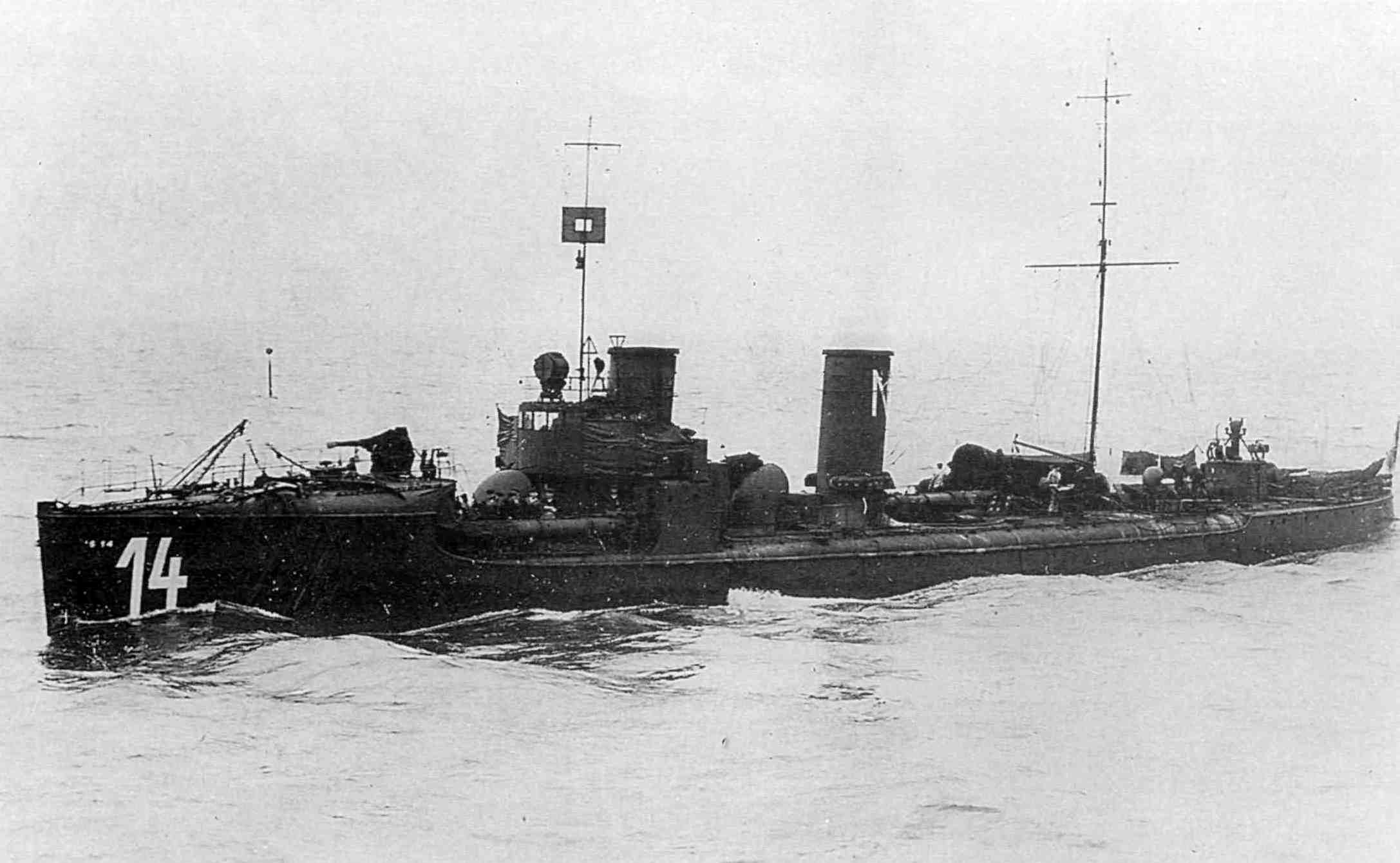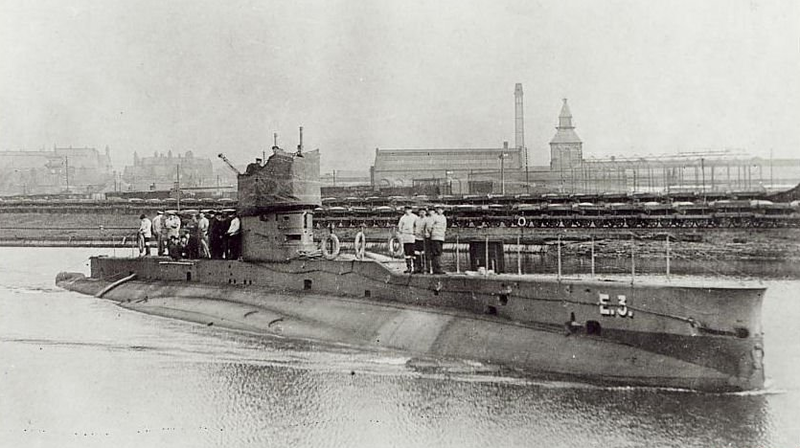
TWO University of Winchester experts who went hunting for a submarine believed to be buried beneath a public park may have found more than they bargained for.
Simon Roffey, Reader in Archaeology, and David Ashby, who manages the University’s Soil Laboratory, were hoping to find traces of a First World War submarine when they travelled to Dartmouth.
The pair employed the University’s Ground Penetrating Radar (GPR) in in a corner of the town’s Coronation Park, which is believed to be the last resting place of the sub E52.
They believe the GPR revealed outlines of what could be the submarine but their investigations also showed another shape which is believed to be that of a German torpedo boat from the First World War (similar to the one pictured above).
The craft appears to be lying east to west at right angles to what could be the submarine.
The submarine hunt was prompted by the research of Lt Thomas Kemp, a training officer at the nearby Britannia Royal Naval College.
Simon, an ex-submariner who served five years in O Class subs in the 1980s, read about Lt Kemp’s research and offered to help.
 British E-Class Submarine similar to E52
British E-Class Submarine similar to E52
After four years’ service E52 was sent to the breakers’ yard at Coombe Mud in 1921 but it is believed the vessel was never fully scrapped. Instead, it is thought to have been buried beneath thousands of tons of mud after the council bought the land and filled in the inlet to create the park.
Simon said: “We know that there was a torpedo boat there but everyone assumed that it had been moved. Maybe it was stuck fast in the mud and they just left it there.”
He said the GPR equipment showed two long shapes – the slightly longer and narrower of the two is believed to be the torpedo boat.
The positions of the boats correspond with an aerial photo of Dartmouth in the 1920s which shows the submarine and another craft sitting on the mudflats. The vessels were used as breakwaters.
The University’s GPR, which can send sound pulses through concrete and tarmac, produced images of two large objects lying about a metre beneath the surface.
.jpg) David Ashby with the GPR equipment in the boat park next to Coronation Park in Dartmouth
David Ashby with the GPR equipment in the boat park next to Coronation Park in Dartmouth
However, Simon said that the results are not definitive and now he and David plan to return to Dartmouth at a later date with magnetometry equipment which is very sensitive to detecting metal.
“The ‘Submarine under the Park’ is a local legend, and it could make a wonderful tourist attraction if we could identify its exact location,” says Simon.
“In addition, the University of Winchester is developing an increasing number of modules in the archaeology of conflict and this project could help with database used for research by our students.”
.jpg)
David Ashby and Simon Roffey with Lt Thomas Kemp at nearby Britannia Royal Naval College
Back to media centre